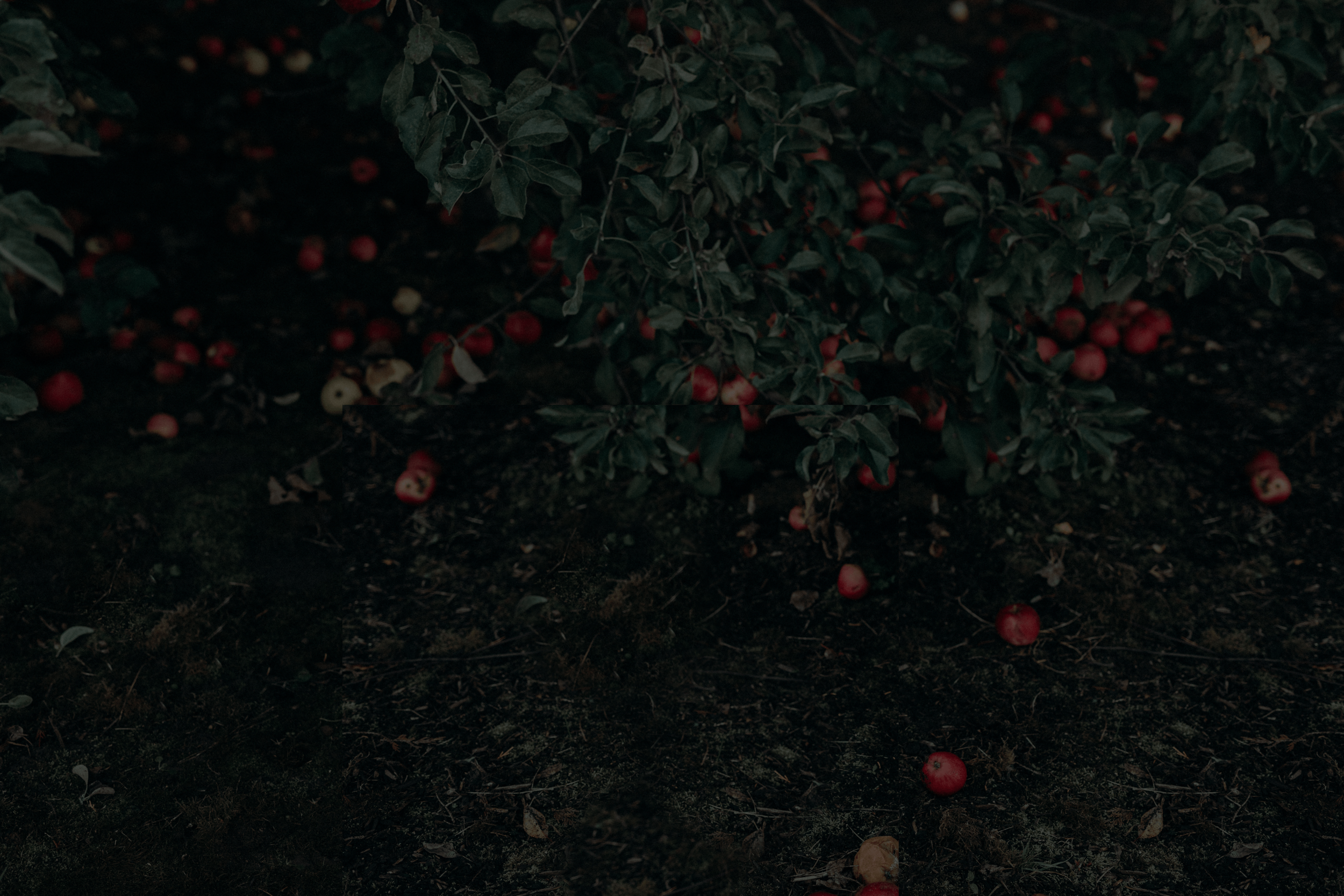the history
The rise and fall of colorado’s apple empire.
In the late 1800s, much of the land in Boulder was planted for fruit production, with cultivated apple and crabapple trees ranging from Mapleton streets to South Mesa vistas. Near the turn of the century, Colorado was one of the top apple-growing states in the United States.
Disease, drought, and Prohibition combined to dampen Colorado’s apple industry in the early 1900s. The invention of the Red Delicious, soon to become America’s most popular variety, cemented Washington’s Columbia Valley region as the nation’s apple-growing capital, and Boulder’s apple-growing ambitions suffered. Orchards fell into disrepair.
However, many trees survived and continued to play a role on small farms and in family recipes. These trees represent cultivars that have withstood disease and the environmental stressors of the semiarid climate as well as genetic diversity absent from commercial apple production. Through the combined efforts of geneticists, ecologists, horticulturalists, historians, and the Boulder County community, we are assembling a picture of Boulder’s apples that is both invigorating and alarming: over 1,000 heirloom apple trees remain in Boulder County, but we lose about 10% of the population each year due to age.
Our work connecting the ecological and cultural heritage of apple trees in Boulder County helps to create a living resource that preserves the cherished place of apple trees in Boulder culture and provides a bank of historic, sustainable cultivars for the future.
Orchard at Chautauqua in Boulder, circa 1907. Photo credit: Boulder Historical Society







